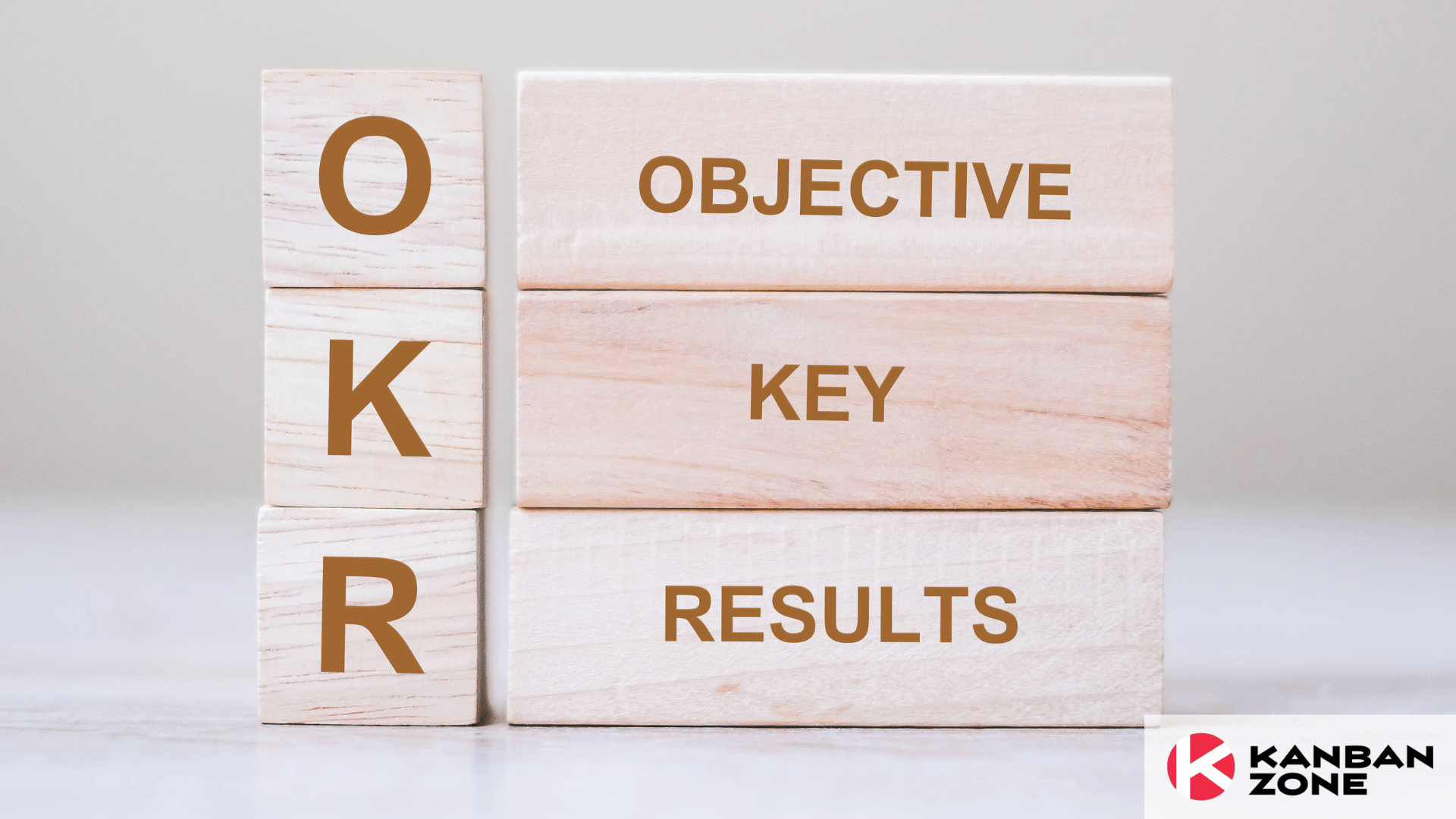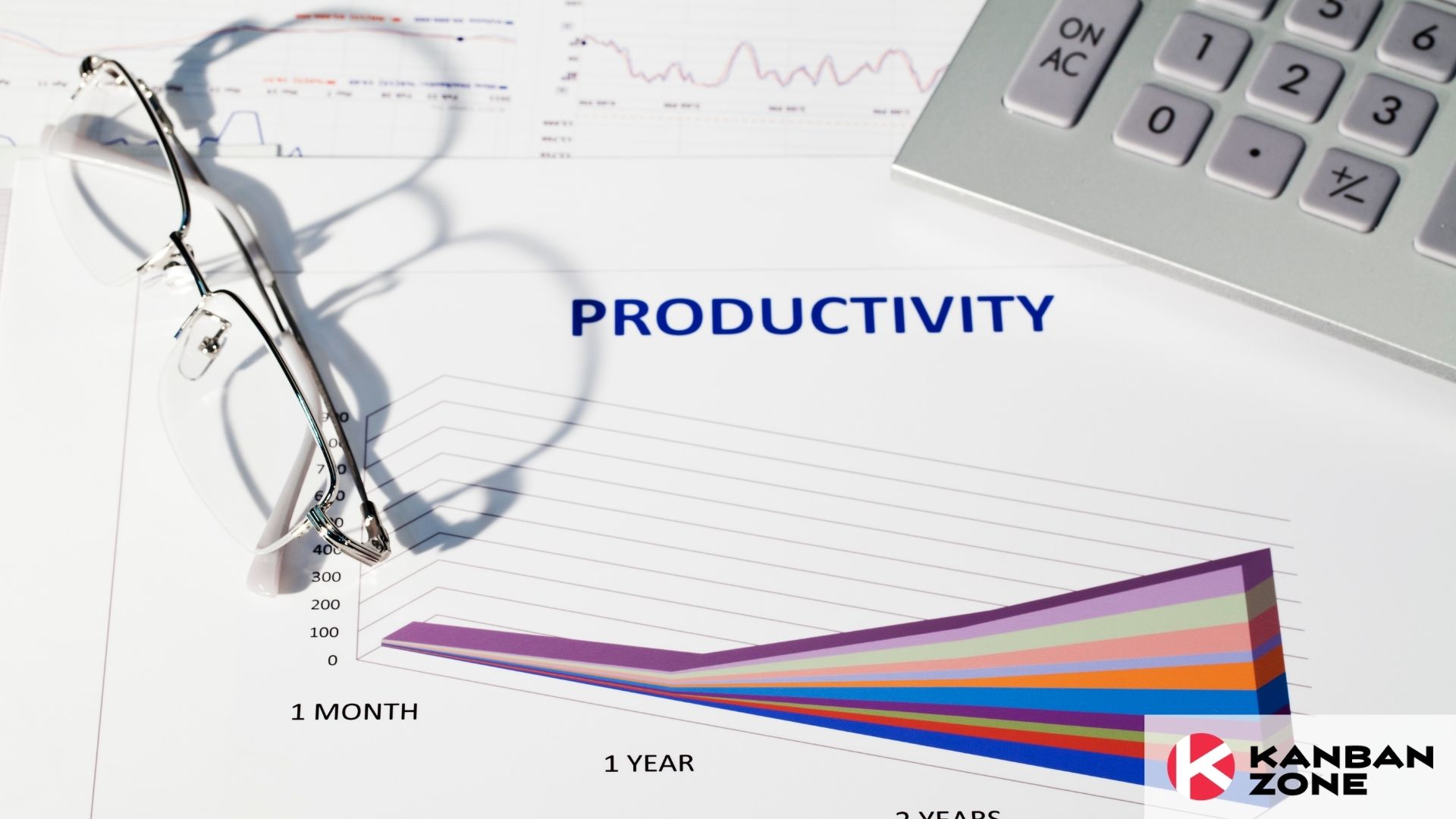
To succeed, every business needs to make effective plans and set realistic goals for the year. No matter how accomplishing it may feel to look back at all the goals you completed, it’s necessary to look forward to your next goals, too. In the sea of different methodologies and frameworks for successful planning and goal-setting, the OKR (Objectives and Key Results) stands out as one of the best. However, for your company’s OKR planning to be effective, you need to know how to implement it properly.
In some companies, OKR has a notoriously bad reputation, but that’s only because of improper implementation. In this article, we’ll detail how to successfully implement your OKR planning while highlighting the dos and don’ts of OKR planning in the process.
What is OKR Planning?
OKR planning is the process of creating your goals and streamlining the company’s objectives for a certain period. This framework helps organize your company’s primary objectives and the key results that are associated for each objective.
Only with effective OKR planning you can streamline your workflow in a way that is oriented towards achieving your goals. The following steps are necessary to implement OKRs effectively:
- Plan and map out the stages of the entire OKR process within your organization.
- Create quarterly OKR examples and guidelines that will help teams choose the best approach.
- Prepare an OKR planning session where you’ll brainstorm new ideas, and meetings and keep up with the plans and goals you visualized.
- Involving everyone from your organization with the OKR plans you created.
- The OKRs framework initially appeared in the 1980s, when big companies that we know today started emerging and they needed a way to stay on top of the competition without losing clients and customers.
Still, even though it has some flaws, OKR planning remains popular today, especially among new companies, businesses and startups. The approaches the OKR framework uses to retain existing and get new customers, plan gross margins for restaurants, improve service quality and so on, help all employees stay aligned with common goals, and everyone is working consistently to achieve them.
Although OKRs help maintain quarterly goals, many companies prefer setting annual OKR examples that help teams determine the most important goals at an individual level. There’s one big picture that the entire organization needs to contribute to painting, while teams define objectives and priorities for each department.
Characteristics of the OKR framework include:
- Objectives. They describe what you want your company to achieve in a quarter, half of a year, or a year. The objectives need to be planned thoroughly so that they’re measurable and achievable. Your employees should focus on completing tactile objectives, instead of shooting into space thanks to vague objectives. Defining objectives is important for every company using OKRs.
- Key Results: As you pave your way to completing your objectives, key results serve as a tracker that shows whether you’re making the progress that is necessary to achieve your goals. Results are the consequences of actions you took to complete your objectives and they should be quantifiable.
Why Use OKRs?
There are numerous benefits of planning OKRs. However, you need to do it properly to enjoy the benefits that come with implementing this framework.
Every decision taken within the organization is taken with one question in mind: “Will this get us closer to the objectives we’ll achieve?” – If the answer is yes, then it’s a focused decision with success in mind. Below are the key benefits of OKRs:
- Focus. Working in an environment with simplified tasks and objectives, can make employees much more productive and focused on delivering results that are connected to your organization’s goals, which is the primary benefit of OKR planning.
- Team alignment. Given organization has one primary goal defined by OKRs, all team members are focused on delivering results for that one goal. The teams collaborate and sync in order to deliver good results.
- Flexibility. OKR planning is defined as completing more short-term goals (like quarterly goals.) With that in mind, sprints and goal cycles take less time to complete. That allows teams to be more flexible and adapt to new circumstances and changes more easily.
- Engaged employees. While the team works on achieving goals, they’re also more transparent and committed in the process. Everyone is contributed to a higher purpose and gets rewarded for success. This is super-important because only 1/3 of all workers worldwide are engaged towards completing company objectives, according to a report in Gallup.
- Agility. OKR helps organizations quickly adopt changes and adapt to them. This allows the organization to focus on what truly matters.
- Accountability. As a result of transparency in OKR planning, each employee checks on the progress of others and encourages them to push their performance and yield better results. That way, each team member is accountable for the results they produce while working on projects.
The Dos and Don’ts of OKR Planning
To achieve measurable goals, you need to do it right. Here are the dos and don’ts of OKR planning that will transform your organization.
Do: Define Your Agenda
When doing OKR planning, it’s important to stay consistent with your goals and objectives set by the OKR planning process. That’s why whenever you’re OKR planning, you should set an agenda that summarizes all the tasks to complete and objectives that would ultimately be completed with those tasks.
Don’t: Set too Many Objectives
The first mistake many managers do is to set too many objectives for the team to complete.
Setting too many objectives when OKR planning can feel distracting and counterproductive. When focusing on too many tasks that lead to different objectives, your employees may lose focus too easily which can lead to lower efforts.
Make organized and informed decisions when setting objectives and avoid cramming in too many. This will make OKR planning much easier for your employees and your organization in the process.
Do: Set Specific and Measurable Objectives
Make sure that every objective you specify is clear and that the team working on achieving it understands fully what developing results entail. If you focus on quantifiable key results, you will be able to make your objectives more measurable.
More specific objectives give better insights into company goals and yield better results. Additionally, your team will be able to track specific objectives more easily and evaluate progress for adaptability.
Don’t: Treat OKRs Solely as Tasks
Throughout this article, we tended to refer to OKRs as tasks, but they’re not just that. OKRs are not just a list of daily tasks you need to complete before you sign off from your workplace.
OKRs are part of bigger goals that will improve your organization and allow it to achieve more in the future while providing scalable services and innovative products. Instead of focusing on the output of OKRs, focus on measurable results.
Do: Foster a Learning Mindset
For an organization to maintain its influence on the market and industry, it’s important to know how to adapt to changes. OKR planning is one of the best ways to adapt to new changes but also adopt new practices and mindsets.
One of those mindsets is the consistent need to improve and learn new things that will be beneficial to your team. That said, encourage your team to learn new things and experiment with new methods and techniques that could be beneficial to your organization, while rewarding them for innovative solutions.
Don’t: Not Provide Enough Resources for the Teams
Some managers fail to understand the required resources to complete certain objectives. Don’t be one of them. Always require enough team members who will focus on one objective and deliver the best results possible.
Additionally, make sure that your team is equipped with appropriate technology that will allow them to do a better job and enhance the overall productivity and performance of the project development.
Do: Be Flexible
Good things take time, which is why it’s important to be patient while making good progress and results of OKR planning start to show. In the fast pace of technology and industry, backed by the hustle culture, things tend to change too fast.
New tools and technologies emerge daily, with many companies planning on how they’ll manage their business. You too need to be open to changes. If the key results don’t bear the same fruit of success you expected to have, be open and flexible to change your approach and see what you did wrong.
Don’t: Misalign with Business Vision
OKRs should be aligned with the overall vision of the organization you work in. All teams and employees should take unified steps to achieve measurable business success.
If the business vision and strategic priorities are not clearly defined and communicated, it becomes difficult for teams to align their OKRs accordingly. It is crucial to have a well-articulated vision that provides a clear direction for the organization.
Do: Work Transparently
When it comes to OKR planning, it’s important to establish honesty and transparency. As a result of that, you will need to communicate your OKR plans with employees and management on all levels to provide clarity regarding the overall company vision.
Don’t: Use OKRs for Performance Evaluation
Avoid using OKRs to measure the performance of employees and use poorer results to compensate them for their work. OKR planning should be a tool for measuring progress, alignment, motivation, and driving progress rather than as a means of punishment or reward.
Using poor results of set objectives for performance evaluation is also bad because it limits the focus on learning and growth when your employees are constantly under pressure and fear underperforming.
Conclusion
OKR planning is an important goal-setting framework for many different companies. But, sometimes, it can be challenging to implement it properly. OKR sessions can be a little messy in the beginning, but as you pave your company’s way towards success you’ll be able to ensure that all teams are aligned and unified towards the same vision.
Additionally, the use of the right tools can also improve the implementation of OKR planning and make OKR sessions more exciting and fruitful. One such tool is Kanban Zone, which provides the team with a clean interface and intuitive personal Kanban boards based on Kanban and Lean methodology.
Try Kanban Zone for free and check out our OKR board template!
Learn to Work Smarter, Not Harder!
Get our top articles weekly.
Table Of Contents
- What is OKR Planning?
- Why Use OKRs?
- The Dos and Don’ts of OKR Planning
- Do: Define Your Agenda
- Don’t: Set too Many Objectives
- Do: Set Specific and Measurable Objectives
- Don’t: Treat OKRs Solely as Tasks
- Do: Foster a Learning Mindset
- Don’t: Not Provide Enough Resources for the Teams
- Do: Be Flexible
- Don’t: Misalign with Business Vision
- Do: Work Transparently
- Don’t: Use OKRs for Performance Evaluation
- Conclusion
Discover many more posts…







